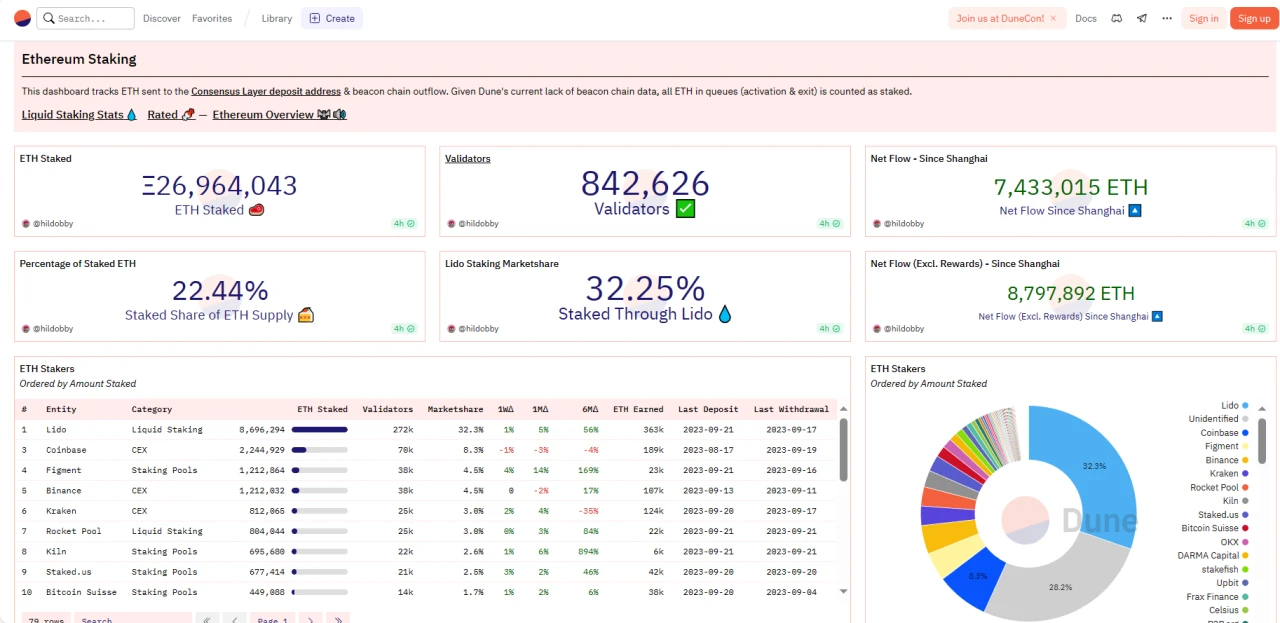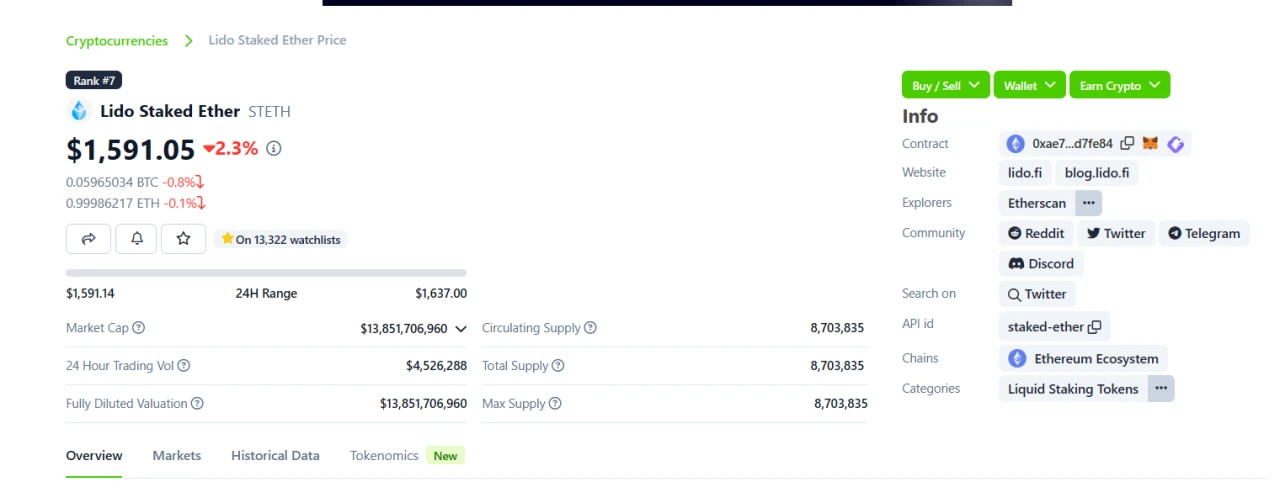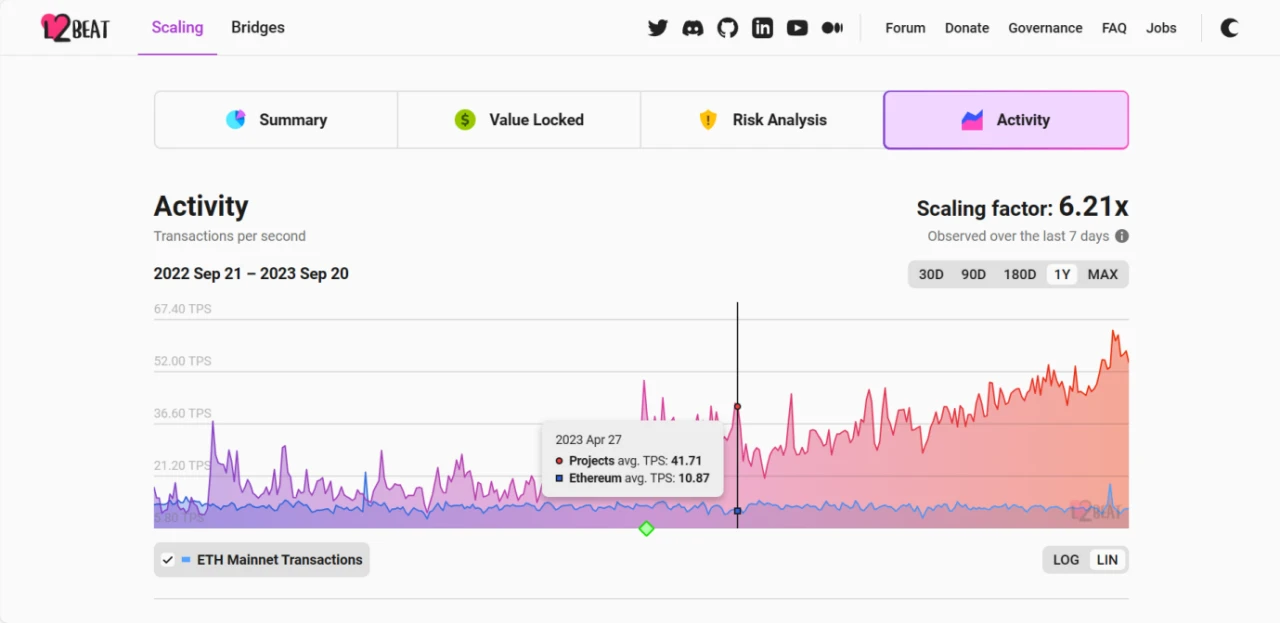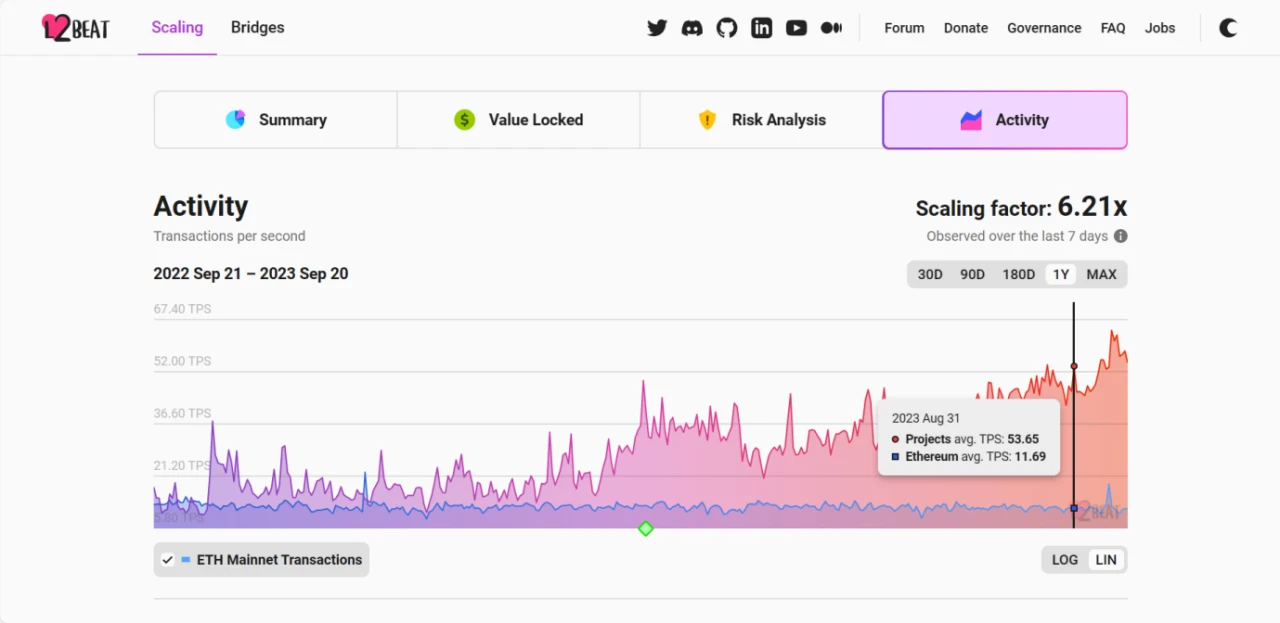The world of encryption has developed so rapidly that the Ethereum merger feels like it happened a long time ago. However, it has only been just about a year since the network fully transitioned to using Proof of Stake (PoS). In terms of price, Ethereum's trading price is roughly the same as it was in September 2022 when the merger took place, with the price of ETH being around $1,600 the day before the merger. But this is just the tip of the iceberg, as there have been substantial changes in many aspects since Ethereum's merger. In this issue, the veDAO Research Institute will take stock of the various changes that have occurred in the year following the Ethereum merger.
Energy Consumption

Before the transition, Ethereum used the same consensus mechanism as Bitcoin to validate on-chain transactions: Proof of Work (PoW). It required miners to compete to solve complex mathematical equations and receive rewards for participating in the energy-intensive process. However, with Ethereum's shift to PoS, this means that validators, rather than miners, need to stake Ethereum to ensure network security in exchange for rewards. One of the most significant impacts is the reduction in Ethereum's energy consumption. A report from the Crypto Carbon Ratings Institute (CCRI) indicates that Ethereum's energy usage has decreased by approximately 99.99% since the completion of the merger, resulting in a 99.99% reduction in the carbon footprint of the Ethereum network.
Cryptocurrencies have gained notoriety in mainstream media due to their high energy consumption. Therefore, environmental factors such as ESG ratings are hindrances to the adoption of cryptocurrencies. Concerns about the environmental impact of cryptocurrencies have drawn attention from financial institutions such as BlackRock and Fidelity. The Ethereum merger has rendered these opposing voices meaningless.
Liquidity Staking

Since the Ethereum merger, the amount of Ethereum staked has nearly doubled. According to data analyst @hildobby at Dragonfly, the current amount of ETH staked in the Ethereum deposit contract has exceeded 26.96 million, with a staking rate of 22.44%.
Link: https://dune.com/hildobby/eth2-staking
However, the Ethereum upgrade has also raised concerns about centralization and regulatory oversight. This is because there are concerns that control over validating network transactions may become isolated in the hands of a few, whether it be companies like exchanges or projects that make it easier for users to pool funds and receive staking rewards. Prior to the Ethereum merger, some were particularly concerned about exchanges like Coinbase participating in staking due to U.S. sanctions on the privacy service Tornado Cash. Due to concerns that centralized entities may scrutinize transactions for compliance, applications like Lido Finance have become a better choice in terms of decentralization.
However, Lido now accounts for approximately 32.3% of all staked ETH, and it is considered a potential weakness in the decentralization of the Ethereum ecosystem, which has raised concerns among some community members. They argue that Lido's growing influence is undermining the decentralization features of the entire Ethereum network.
According to CoinGecko data, the staked token STETH has performed well, with a market value of $13.8 billion. As for the second largest token in terms of Ethereum market value, Rocket Pool ETH (RETH) has a market value of $9.12 billion.

Nevertheless, liquidity staking has been a major source of growth in decentralized finance. Liquidity staking allows ETH holders to stake their tokens to earn rewards and still leverage the value of Ethereum by issuing and pegging corresponding tokens to their price. Despite a decrease in the value of assets related to decentralized exchanges since the merger, liquidity staking continues to thrive.
Scaling Solutions

The merger was not intended to increase Ethereum's speed, so according to data from the analysis website L2Beat, Ethereum's average TPS (transactions per second) has mostly hovered around 10 since September last year. Nevertheless, it has laid the foundation for what is to come. According to Vitalik Buterin's Ethereum roadmap vision outlined before the merger in July last year, this "surge" is part of a series of upgrades planned after the merger, which are expected to enhance Ethereum's scalability.

However, scaling solutions aimed at addressing Ethereum's current limitations are increasingly emerging in the cryptocurrency space. According to L2Beat's data, the average TPS between all Ethereum L2 networks has now exceeded 50, a significant improvement from last year.
In summary, well-known L2 networks such as zkSync Era, Optimism, and Arbitrum Nova have collectively processed over 61 million transactions in the past 30 days. This is twice the number of Ethereum transactions during the same period. It can be said that the merger of Ethereum's underlying security has fueled the continuous emergence of recent L2 technologies. Overall, this merger has indeed laid the groundwork for further enhancing scalability.
U.S. Securities and Exchange Commission (SEC)

Meanwhile, staking has become a regulatory hot spot in the United States, with the SEC investigating several cryptocurrency exchanges that offer services to help users earn network rewards.
Kraken reached a settlement with the SEC in February, involving a $30 million fine, as its staking-as-a-service program constituted an unregistered securities offering. Similar claims have been made in lawsuits against Coinbase and Binance for their respective staking products. While the SEC's lawsuits against Binance and Coinbase involve some tokens, claiming they are examples of unregistered securities, some have noticed and questioned why regulatory agencies have not classified tokens using PoW as illegal assets.
However, there is still a divergence in how U.S. regulatory agencies classify Ethereum. This has led to a clear turf war between the two largest financial regulatory agencies, the SEC and the Commodity Futures Trading Commission (CFTC): CFTC Chairman Rostin Behnam stated in March that ETH is a commodity, while SEC Chairman Gary Gensler initially stated in February that "everything other than Bitcoin" is a security, but then avoided questions about Ethereum in April.
Conclusion
The core developers of Ethereum have been working on the next major upgrade plan for Ethereum, called the "Dencun Upgrade." It includes the introduction of a feature called proto-danksharding, which is expected to expand Ethereum to over 100,000 transactions per second once fully implemented. Other features under development, such as account abstraction, will effectively simplify managing encrypted wallets similar to managing email accounts. Earlier this month, Vitalik discussed a feature called "Stateless Clients" during his speech at the Korea Blockchain Week, which will make it possible to run Ethereum nodes on smartphones.
Link: https://ethereum.org/en/roadmap/danksharding/
Looking back, compared to the turmoil in the 2022 crypto market and corporate collapses, this merger seems like a mundane footnote in crypto history. However, in terms of the future, it may be a beacon that illuminates the overall direction of Ethereum, rekindling belief that Ethereum can achieve these significant technological upgrades and accomplish ambitious goals. While Ethereum may be slower than we hope, it will ultimately continue to evolve while staying true to its values.
About veDAO
veDAO is a Web3 investment decision platform driven by AI technology, conducting big data analysis through sentiment indicators and on-chain/off-chain indicators to discover trends and capture alpha accurately. By creating an AI advisor, it helps users efficiently invest and benefit.
Website: https://app.vedao.com/
免责声明:本文章仅代表作者个人观点,不代表本平台的立场和观点。本文章仅供信息分享,不构成对任何人的任何投资建议。用户与作者之间的任何争议,与本平台无关。如网页中刊载的文章或图片涉及侵权,请提供相关的权利证明和身份证明发送邮件到support@aicoin.com,本平台相关工作人员将会进行核查。




